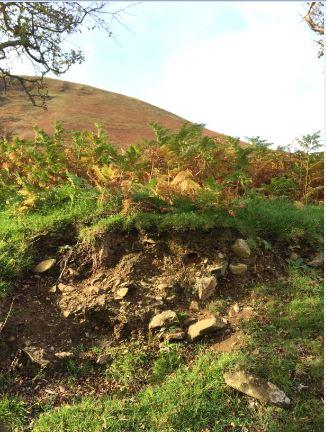The methods used provide evidence of the state and change of physical, chemical and biological properties of soil which together help us track overall the status and change of soil health. Our approach to national soil monitoring is now being encouraged across Europe as part of the EU Mission ‘A Soil Deal for Europe’ with a very similar approach being taken by the EU LUCAS soil monitoring programme.
If we don’t directly track change in soil health, how can we know if policy and land management changes are helping improve soil health?

Measurements include:
- Physical condition of soils assessed by the bulk density of soils and aggregate stability
- Acidity and nutrient status of soils through measurement of pH, nitrogen and phosphorus
- Contaminant levels including heavy metals and, persistent organic pollutants
- Biodiversity status which has included the first national maps of bacteria and fungal diversity and mesofauna abundance and diversity
- Soil functions including potential nitrogen mineralisation, nitrification rates, basal respiration rates, carbon substrate utilisation rates and water holding capacity assessed by moisture content at both time of sampling and at field capacity
- Dried and frozen samples are archived to enable the emergence of new contaminants to be tracked back and new molecular techniques to be applied as they become available.
- Integrated analysis with change in land use and vegetation composition


